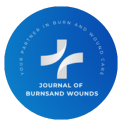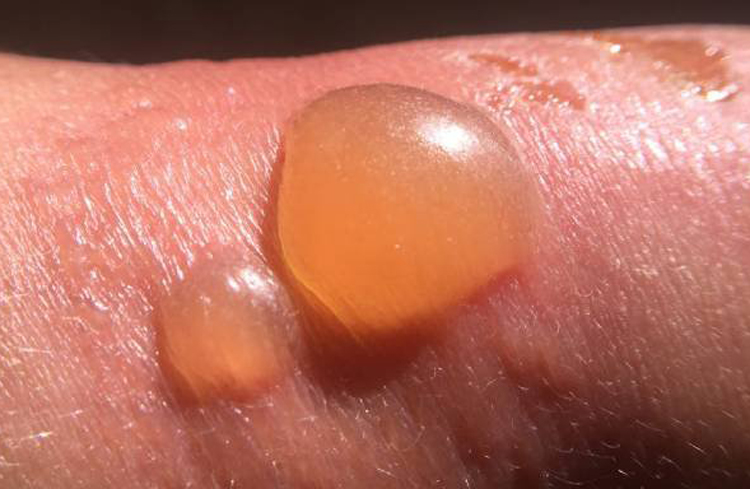Burn injuries are a significant global health concern, affecting millions of individuals each year. The healing of burn wounds is often a challenging and protracted process, characterized by pain, scarring, and a risk of complications. However, recent advancements in regenerative medicine have opened up promising avenues for accelerating burn wound healing and improving outcomes. This article explores the emerging field of regenerative medicine and its innovative approaches to enhance the healing process in burn injuries.
The Challenges of Burn Wound Healing

Burn injuries vary in severity, ranging from first-degree burns (superficial) to third-degree burns (full-thickness). The deeper the burn, the more complex and extended the healing process becomes. Burn wound healing is hindered by several challenges:
- Inflammation: Initial inflammation is necessary for the healing process but can become chronic and delay healing in severe burns.
- Infection Risk: Burn wounds are susceptible to infection due to the loss of the skin’s protective barrier.
- Scarring: Extensive scarring is common in burn injuries and can lead to functional impairment and cosmetic concerns.
- Pain: Pain management is a crucial aspect of burn wound care as patients often experience intense pain throughout the healing process.
Regenerative Medicine and Burn Wound Healing
Regenerative medicine is a multidisciplinary field that focuses on harnessing the body’s innate regenerative capabilities to restore damaged tissues. Several promising approaches are being explored in the context of burn wound healing:
- Stem Cell Therapy: Stem cells have the remarkable ability to differentiate into various cell types, making them valuable for tissue regeneration. Mesenchymal stem cells (MSCs) and induced pluripotent stem cells (iPSCs) are being studied for their potential in promoting skin regeneration and reducing scarring in burn wounds. These cells can be applied topically or injected into the wound site to accelerate healing.
- Tissue Engineering: Tissue engineering involves the creation of artificial skin substitutes using a combination of cells, biomaterials, and growth factors. These engineered skin grafts can enhance wound healing by providing a scaffold for cell growth and tissue regeneration. Some advanced techniques incorporate patient-specific cells for personalized treatments.
- Growth Factors and Cytokines: Growth factors, such as epidermal growth factor (EGF) and platelet-derived growth factor (PDGF), can stimulate cell proliferation and tissue repair. These molecules can be applied topically or incorporated into dressings to promote faster healing.
- Nanotechnology: Nanoparticles and nanomaterials are being explored to enhance drug delivery and improve wound healing outcomes. Nanoparticles can deliver growth factors, antimicrobial agents, and antioxidants directly to the wound site, reducing inflammation and infection risk.
- 3D Bioprinting: 3D bioprinting technology allows for the precise layering of cells and biomaterials to create functional tissues. Researchers are developing bioprinted skin grafts with vascular networks to enhance nutrient delivery and tissue integration.
Clinical Applications and Future Directions
While regenerative medicine approaches for burn wound healing hold immense promise, it’s essential to emphasize that many of these therapies are still in the experimental or early clinical trial phases. However, preliminary results are encouraging, and ongoing research is expected to refine and expand these therapies.
As regenerative medicine techniques advance, they may offer significant benefits, including faster wound closure, reduced scarring, decreased pain, and improved overall outcomes for burn patients. Nevertheless, more extensive clinical studies and long-term follow-ups are needed to establish the safety and efficacy of these innovative treatments fully.
Conclusion
Regenerative medicine represents a groundbreaking frontier in burn wound healing. By harnessing the body’s innate regenerative potential, researchers and healthcare professionals are developing novel therapies to accelerate wound closure, reduce scarring, and enhance the overall recovery of burn patients. While challenges remain, the ongoing progress in regenerative medicine offers hope for a future where burn injuries can be treated with greater effectiveness, ultimately improving the quality of life for those affected by these devastating injuries.

